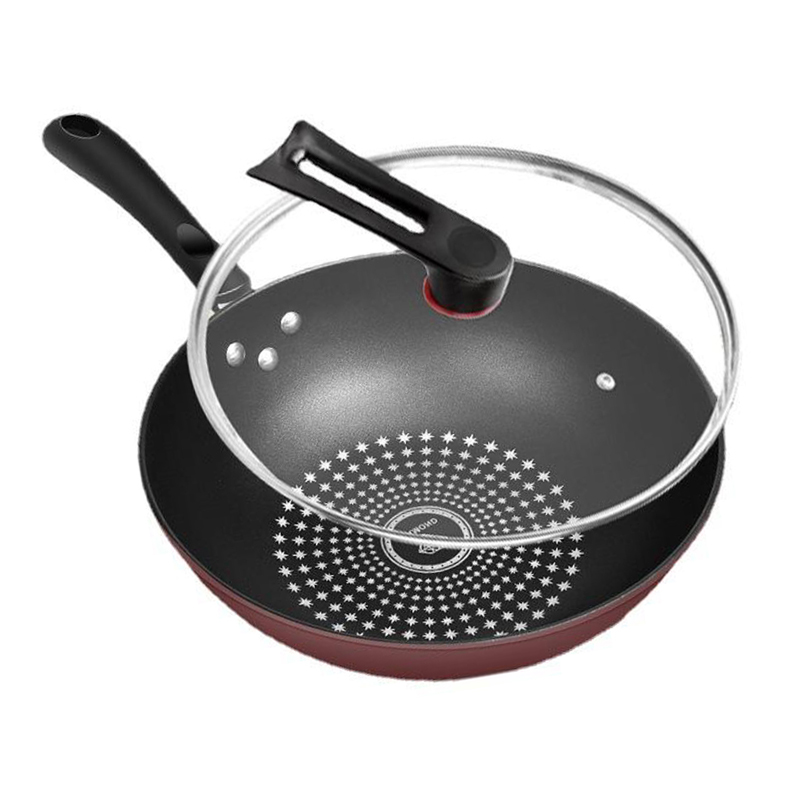2025-08-08
Cookware factories are playing an increasingly important role in meeting the growing demand for functional and aesthetically pleasing kitchen products. Manufacturers are expanding production capabilities and diversifying product lines to address a wide range of market needs. This shift reflects changes in consumer behavior, evolving culinary trends, and heightened attention to material quality and sustainability.

Diverse Applications Across Household and Commercial Kitchens
Cookware produced by these factories serves both residential and professional users. In households, consumers seek products that combine ease of use with durability, including pots, pans, and specialty items such as woks or roasting trays. Professional kitchens prioritize efficiency and reliability, requiring cookware capable of handling continuous use in high-volume settings such as restaurants, hotels, and catering services.
The growing popularity of home meal preparation has contributed to a steady rise in cookware sales, prompting factories to introduce products designed for various cooking techniques, including induction, gas, and electric stovetops. This versatility ensures compatibility with different kitchen environments and supports the expanding market for multifunctional culinary tools.
Advances in Materials and Manufacturing Techniques
Modern cookware factories are incorporating advanced materials to enhance product performance and longevity. Stainless steel remains a widely used option due to its durability and resistance to corrosion, while non-stick coatings, cast iron, and aluminum alloys offer additional benefits for specific cooking applications.
Manufacturers are investing in precision manufacturing processes, including automated forming, polishing, and coating technologies. These improvements ensure consistent quality, uniform thickness, and enhanced heat distribution, meeting both professional standards and consumer expectations. The ability to integrate multiple materials into layered designs further expands the range of available cookware, catering to diverse cooking styles.
Focus on Sustainability and Environmental Impact
Environmental considerations are shaping cookware production. Recycled metals, low-emission coatings, and energy-efficient manufacturing processes are becoming more common, reducing the overall environmental footprint of cookware production.
Long-lasting product designs also support sustainability by minimizing the frequency of replacements, while recyclable packaging materials contribute to reducing waste. These efforts align with broader industry trends as both manufacturers and consumers prioritize environmentally responsible kitchen products.
Customization and Design Trends
In response to evolving consumer preferences, cookware factories are offering a wider range of design options, including varied finishes, colors, and ergonomic handles. Some products integrate modern aesthetics with traditional craftsmanship, appealing to customers seeking cookware that doubles as both functional equipment and decorative kitchenware.
Customization options are particularly relevant for private-label brands and retailers looking to differentiate their product offerings. This flexibility enables factories to cater to both large-scale commercial orders and niche markets that value unique designs or specialized functions.
Market Trends and Outlook
The cookware market is experiencing steady growth fueled by urbanization, changing lifestyles, and increasing interest in culinary skills. Online retail channels are expanding consumer access to a diverse range of cookware products, while global supply chains enable manufacturers to serve both domestic and international markets.
Future developments are likely to emphasize continued improvements in non-stick technologies, energy-efficient manufacturing, and compatibility with emerging cooking methods.
Conclusion
Cookware factories are adapting to a dynamic market by combining advancements in materials, sustainability initiatives, and customization capabilities. Their products serve an essential role in both everyday cooking and professional food preparation, supporting a wide range of culinary practices. With continued innovation and responsiveness to consumer trends, cookware factories remain a vital component of the evolving global kitchenware industry.